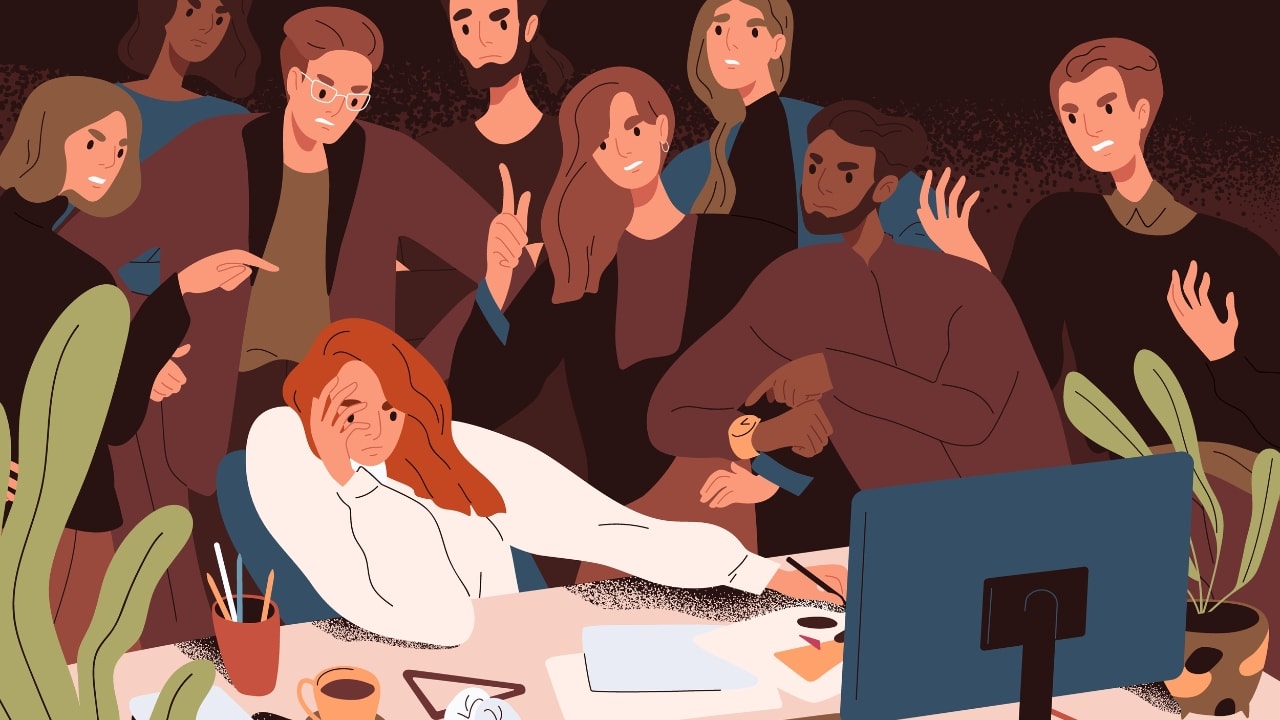How to spot microaggression in the workplace

Organisations are proactively trying to combat discrimination and prejudice in the workplace by learning how to spot bad recruitment practices and instances of workplace bullying. In the face of efforts to promote diversity, equity, and inclusion in the workplace, however, toxic attitudes persist.
An example of toxic workplace behaviour is microaggression. Microaggressions include commonplace negative attitudes specifically targeted towards stigmatised and culturally marginalised groups.
Unfortunately, microaggressions are more prevalent than you think. According to Survey Monkey, one in four Americans or 26 per cent of respondents surveyed, have experienced microaggression at work, while 22 per cent are unsure whether they did. About 36 per cent said they witnessed one.
Meanwhile, seven in ten employees said they would feel upset by microaggressions, and among them, 50 per cent said the behaviour would make them think about quitting their company.
The effect on the company is just as bad. Research has shown that losing a skilled employee costs a company nearly 33 per cent of their yearly salary—a considerable cost for some careless words.
How to spot microaggression in the workplace
Microaggressions are verbal and non-verbal snubs, slights, or insults, whether intentional or unintentional, that communicate derogatory, hostile, or antagonistic messages to persons, according to the University of California, Santa Cruz.
How can you spot the most common microaggressions? They may be subtle at first, but here are some examples:
1. A manager praises an Asian employee for their "great command of English." It usually happens when the manager says, "You speak English very well."
2. A woman of colour is frequently interrupted when speaking during a meeting. It happens when the white male manager or boss is not actively listening to the person talking and wants to hog the spotlight.
3. Someone tells their co-worker that they don't look "gay" enough. It would happen, and then the person would say, "I'm not homophobic. I have gay friends."
4. Someone mispronounces a person's name because "it's too hard" to pronounce correctly. It happens a lot to Asian and Black employees. White workers do not try to pronounce their co-workers' names correctly.
5. A person thinks an older co-worker does not know how to navigate technology.
6. A person assumes that a co-worker with a disability needs help doing basic tasks. What's more, there are times when employees raise their voice or speak slowly when speaking to a blind co-worker.A manager is praising a Latino or Black employee for their good looks. One sign that this is happening is when the person says, "Where are you from? You look so exotic looking!"
Creating anti-bias training to confront microaggression
What can you do to stop microaggression in the workplace? The best way is to develop anti-bias training programs, which will help workers isolate their conscious or unconscious biases and address them in an impactful and positive way.
There are also steps you can take to confront instances of microaggression and bias consciously:
1. Think about the reason behind the microaggression and what kind of types of stereotypes it reinforced.
2. Consider the impact of the action on the target or anyone who saw it.
3. Think about how the incident emphasises broader discrimination and affects your workplace culture.
By including anti-bias measures in workplace programs, your organisation can ensure that employees understand how they can play a role in establishing inclusive and respectful workplaces. Remember that instances of microaggression are symptoms of larger systems of injustice and oppression.


